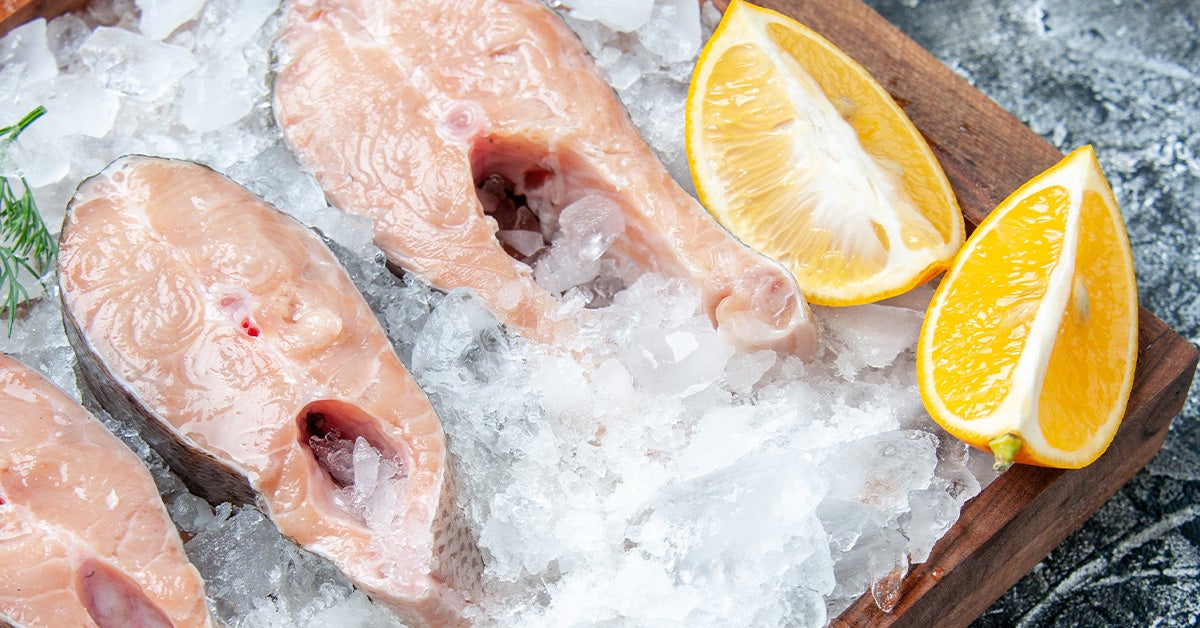Mastering Frozen Deliveries in Singapore: Best Practices for Maximum Freshness and Efficiency
Growing Demand for Frozen Products in Singapore
Singapore’s appetite for frozen products is growing rapidly—whether it’s gourmet pet food for our furry friends, premium seafood, or frozen meal kits. As consumer expectations around quality and speed continue to rise, businesses must rethink how they approach frozen deliveries to maintain integrity, reduce spoilage, and deliver a better customer experience.
At Ninja Van, we specialize in next-gen cold chain logistics. And when it comes to frozen deliveries, we’ve learned one thing: success depends on precision—from packaging and timing to tech and team coordination.

Here are the best practices every business should follow to get frozen deliveries right in Singapore’s challenging climate.
🧊 1. Maintain the Right Frozen Temperature Zone (–15°C and Below)
This may sound obvious, but not all "cold" deliveries are created equal. Chilled (2–8°C) and frozen (–15°C and below) products require very different handling.
Best practice: Ensure that your entire delivery journey—from storage and packing to final-mile drop-off—keeps products below –15°C at all times. Even brief temperature spikes can cause thawing and refreezing, damaging texture, taste, and safety.
Our passive cooling containers are designed specifically to hold frozen temperatures for hours, with no external power, even in Singapore’s midday heat.
📦 2. Use Packaging That Works With the Product
Not all frozen products behave the same way. Certain products melt differently from frozen meats or ready-to-eat meals. That means your packaging needs to suit the product’s density, moisture level, and thaw tolerance.
Best practice: Pair the right phase-change materials (PCMs) and insulation with your specific product type. For example:
- Meats: Vacuum-sealed with absorbent liners to reduce drip during handover, aluminium foam bag
- Meals: Layered packaging, or aluminium foam bags or cardboard boxes without ice, sealed and secured to prevent cross-contamination
Guidelines in packaging your products for cold-chain transport.
🚚 3. Reduce Time in Transit
For frozen products, time really is the enemy. Long delivery windows or inefficient routing can lead to quality degradation, even with good packaging.
Best practice: Use route optimization tools that factor in real-time traffic, delivery zones, and thermal stability duration. At Ninja Van, we’ve built our cold chain delivery model on our ecommerce express network—so frozen parcels move fast, like any standard parcel.

📍 4. Track Temperature in Real Time
Transparency is key. If something goes wrong, you need to know when, where, and why. That’s why modern cold chain logistics require smart tracking.
Best practice: Use IoT-enabled sensors or NFC tags that log temperatures at multiple touchpoints. This gives your ops team full visibility and allows you to confidently guarantee product quality to customers and regulators.
♻️ 5. Plan for Returns and Reusability
Many frozen deliveries involve reusable assets—thermal containers, gel packs, or even smart sensors. Without a plan for return logistics, your cost and carbon footprint will creep up.
Best practice: Find a logistics partner that makes it easy to reuse cooling assets without compromising efficiency. We make use of reusable cooling plates that can be repeatedly blast frozen to ensure your products are kept within the temperature ranges throughout the delivery process.
🔄 Frozen Delivery Done Right = Loyal Customers
When a customer receives a frozen order that arrives perfectly intact—still rock-solid, neatly packed, and on time—they notice. And they come back. But if that same order arrives half-thawed or melted? That’s a refund, a complaint, and a potential lost customer.
That’s why frozen deliveries aren’t just logistics—they’re brand touchpoints.
At Ninja Van, we help businesses deliver frozen goods with speed, precision, and confidence—thanks to our passive cooling tech and fast, optimized delivery network. Whether you're a frozen food startup or an established F&B brand scaling islandwide, we’ve got the cold chain infrastructure to back your growth.
Want to see how our frozen delivery solutions can work for you?
👉 Reach out to our team for a custom cold chain consultation.


